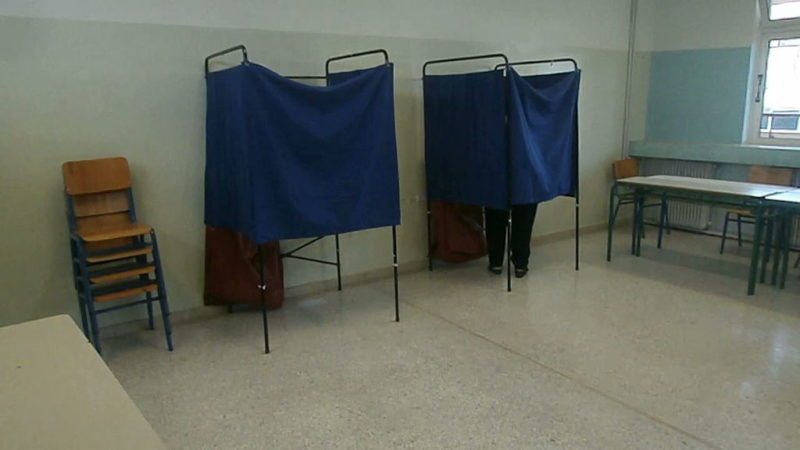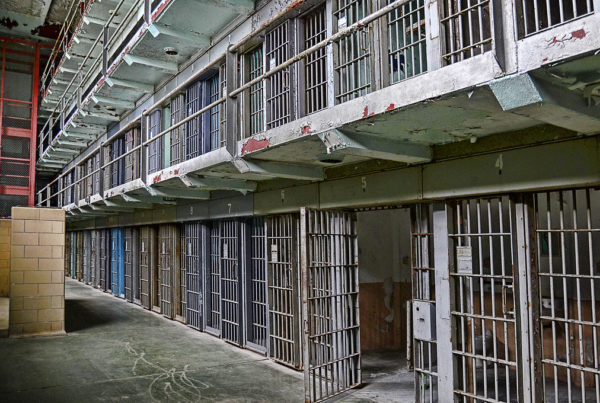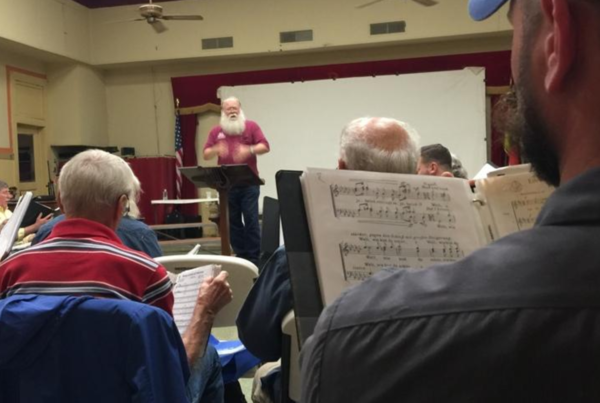The United States Department of Justice (DOJ) confirmed Monday that it no longer intends to argue Texas’ voter ID law intentionally discriminates against minorities. The DOJ had opposed the law on those grounds during the Obama administration.
A trial court ruled in 2014 that the Texas law intended to discriminate against minorities. The Fifth Circuit Court of Appeals affirmed the finding, but returned the case to the trial court, ordering that the court reconsider the evidence.
Rick Hasen, professor of law at the University of California–Irvine, says there’s an obvious reason for the DOJ’s decision.
“Well it’s very simple. It’s the change in administrations,” he says “The Department of Justice is now headed by Jeff Sessions. [He] and President Donald Trump have different views on questions of voting rights, so it’s really unsurprising that DOJ is taking a different tack here.”
The lack of DOJ resistance to the law does not mean Texas is free to enforce the voter ID law as originally drawn.
“It doesn’t mean that the case is over by any means,” he says. “There are private plaintiffs – voting rights groups – that are still pushing the intentional discrimination case. So the case will go forward but the DOJ’s change is notable, and probably a sign of things to come.”
The case turns not only on whether Texas lawmakers intended to discriminate based on race but also whether the law led to such discrimination.
“There are really two main issues in the case at this point,” Hasen says. “One is whether the law had a racially discriminatory effect. The trial court already found that it did. The case went all the way up to the Fifth Circuit and the entire [court], sitting en banc agreed, so the case is back before the trial court.”
The appeals court identified the problem with the voter ID law, but left it to the trial court to figure out what to do next.
“What the Fifth Circuit said in sending the case back to the trial court,” Hasen says, “Is that if all you find is discriminatory effect, then you need to come up with some sort of remedy that preserves the Voter ID law but creates some kind of safety valve.”
In 2016, after court rulings went against Texas, voters who did not have the required ID were allowed to sign a document attesting to their inability to obtain a form of ID approved by the law. Hasen says this option, or another fix that mitigates the discriminatory effect of the law, would need to be in place in order to resolve the case.
“If, however, the trial court finds that there is intentional racial discrimination, then that has two bigger consequences,” Hasen says. “First, it could be the basis to throw out the entire law. Second, it could be the basis for a determination under a different part of the Voting Rights Act – Section 3 – which would allow the court to put Texas back under preclearance.
“The system that was in place before the Supreme Court’s 2013 decision in Shelby County v. Holder, where every voting change that the state made had to be approved either by the Department of Justice or by a three-judge court.”
The Shelby County decision ended existing preclearance requirements for several southern states.
“There were a number of states – including Texas – that had to get this kind of permission,” Hasen says. “The Supreme Court said that picking out which states were covered used an old outdated formula and therefore that preclearance regime couldn’t go forward. But they left in place the part of the Voting Rights Act that lets courts on a jurisdiction by jurisdiction basis bail them back into coverage.
“That would happen potentially only under a finding of intentional racial discrimination. So for two reasons, the intentional discrimination issue still matters very much in this case.”
Hasen says Attorney General Session wants to leave Texas free to modify its law to pass judicial muster.
“(The) DOJ wants to give Texas a chance to fix the law. It’s not clear that even if they do come up with a fix, that that would get rid of the finding of discriminatory intent,” Hasen says. “It still could be the basis for putting Texas back under preclearance. But certainly this is a moving target and it’s been going on for many years. And I suspect whatever the trial court does is going to go back up to the Fifth Circuit and potentially end up at the … Supreme Court.”
Written by Shelly Brisbin.
















